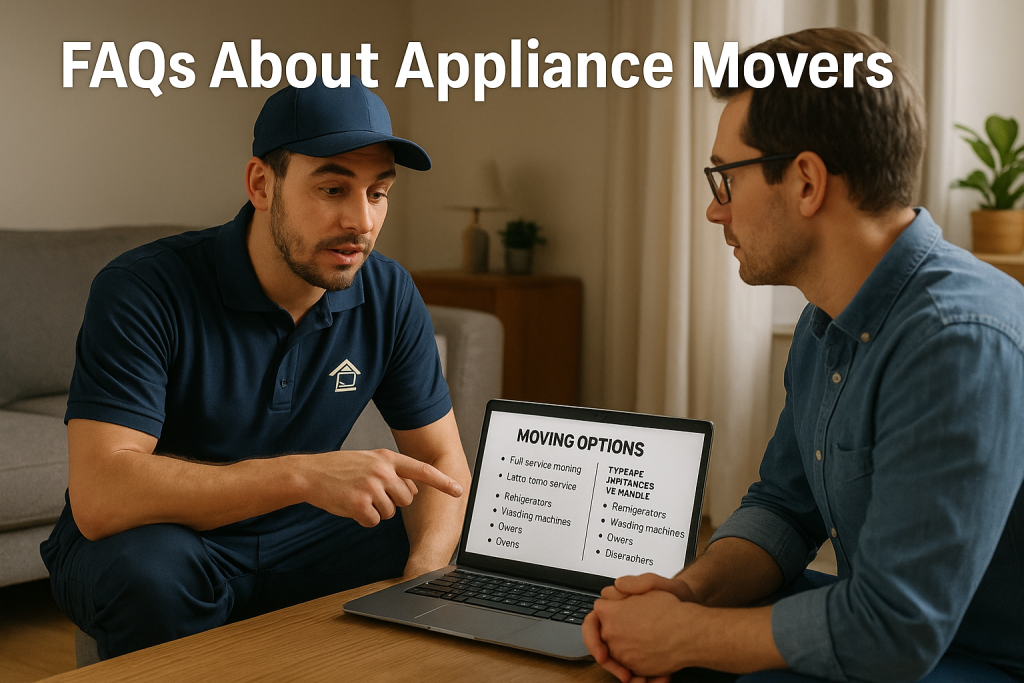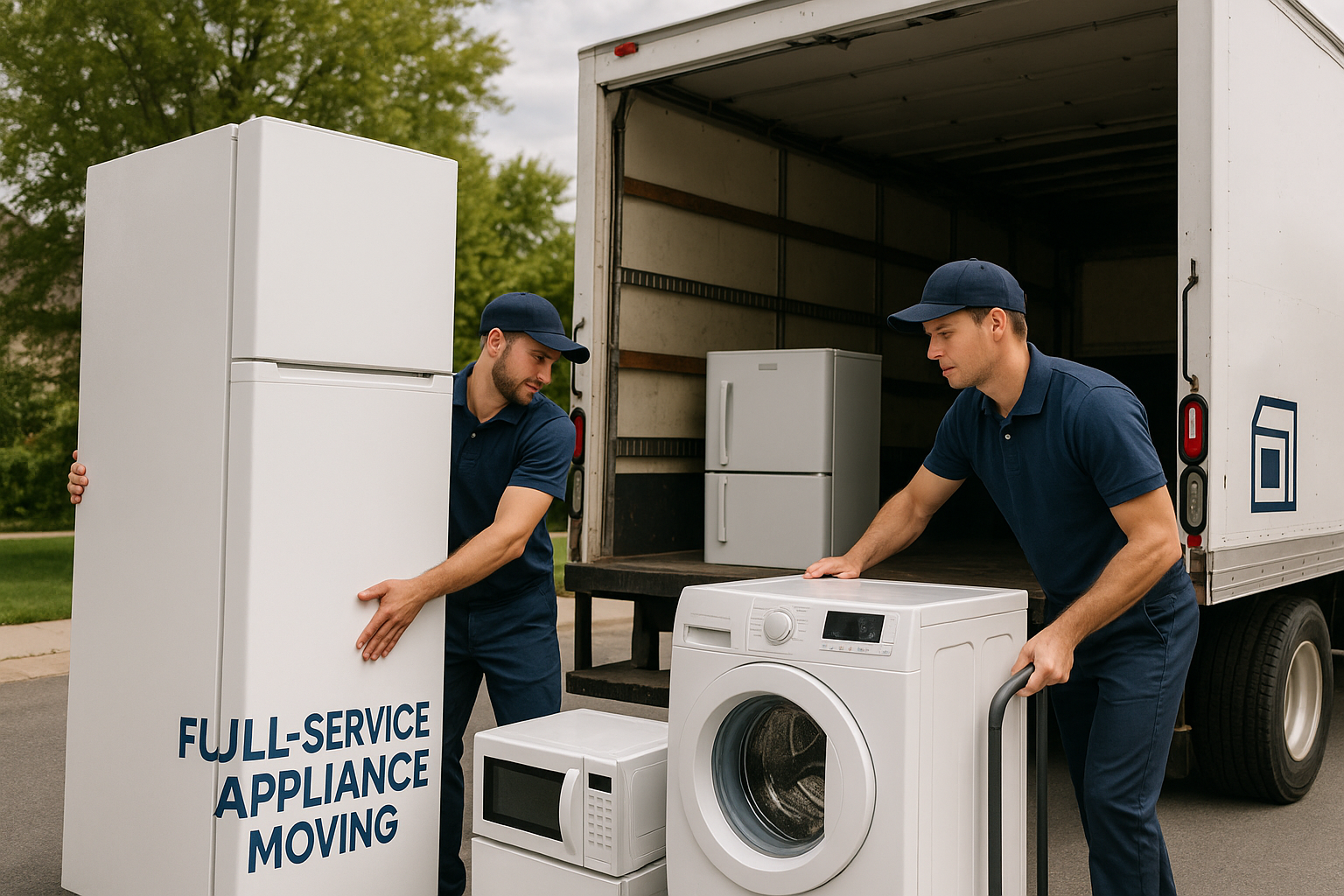Moving to a new state is a significant change. It can feel exciting, but it can also feel stressful. There are boxes to pack, heavy items to move, and many details to manage. This is why many people hire Interstate Movers. With the right team, your move can be simple, safe, and well planned.
A reliable moving company brings trucks, tools, and trained staff. Therefore, you do not have to lift heavy furniture or drive a large truck across several states. Instead, you can focus on your family, your job, and your new home.
Why Interstate Movers Make Sense
Long-distance moves are different from local ones. They require more planning, more time, and more care. Interstate Movers understands these extra needs and knows how to handle them.
Here are key reasons to hire them:
- They plan routes for long-distance travel.
- They use professional movers for packing and lifting.
- They offer insurance to protect your belongings.
- They follow state and federal transport rules.
- They manage tight schedules and deadlines.
Because of this, choosing the best long-distance moving companies can save you time, money, and stress.
Core Services Offered by Interstate Movers

A good moving company does more than load a truck. In fact, many offer complete moving service packages to cover every part of your move. Common services include:
- Packing and Unpacking
- Careful wrapping of fragile items.
- Packing by room for easy sorting.
- Optional unpacking in your new home.
- Loading and Unloading
- Safe lifting of furniture and appliances.
- Use of dollies, straps, and blankets.
- Protection of doors, floors, and walls.
- Transportation
- Long-distance moving trucks.
- Experienced drivers for cross-state trips.
- Planned pickup and delivery windows.
- Storage Solutions
- Short-term storage when move-in is delayed.
- Long-term storage for extra or seasonal items.
- Specialty Moving
- Pianos and large safes.
- Artwork, glass, and mirrors.
- Office and commercial moves.
With these options, you can create a customized moving service plan that suits your budget and needs.
Benefits of Hiring Professional Movers
There are many benefits to working with Interstate Movers instead of moving alone. Some of the top advantages include:
- Less physical strain: You avoid heavy lifting and long drives.
- More time: You can focus on paperwork, schools, and utilities.
- Better protection: Items are carefully packed and loaded for secure transportation.
- Lower risk of damage: Professional movers know how to handle fragile items with care.
- Peace of mind: You have a clear schedule and a set plan.
Additionally, the best long-distance moving companies follow proven systems. They know how to handle stairs, elevators, narrow hallways, and tight parking areas without chaos.
How to Choose the Right Interstate Movers
There are many interstate moving companies online. However, not all offer the same quality. When you pick a moving company, use this simple checklist:
- Licensing and Insurance
- Confirm they have a valid USDOT number.
- Request proof of insurance and inquire about available coverage options.
- Reputation and Reviews
- Read reviews on trusted websites.
- Look for repeated comments about care, timing, and honesty.
- Transparent Pricing
- Request a written quote or estimate.
- Ensure it clearly outlines what is included and what may incur additional costs.
- Service Range
- Check if they offer packing, storage, and specialty moving.
- Confirm they can handle the size and distance of your move.
- Clear Communication
- Notice how quickly they reply to calls and emails.
- Choose a company that explains each step in simple terms.
By following this list, you are more likely to find professional movers you can trust.
Simple Steps to Prepare for an Interstate Move
Even with great Interstate Movers, planning is essential. Here are easy steps to prepare:
- Start Early
- Book your movers 4–6 weeks before your move.
- Begin sorting items by “keep,” “donate,” and “trash.”
- Declutter Your Home
- Donate clothes you do not wear.
- Sell furniture that will not fit or match your new space.
- Recycle or toss broken items.
- Make an Inventory List
- List major items in each room.
- Note high-value items, such as jewelry, technology, and antiques.
- Label Every Box
- Write the room name on each box.
- Mark boxes as “Fragile,” “Heavy,” or “Open First.”
- Pack an Essentials Box or Bag
- Clothes for a few days.
- Toiletries and basic medicine.
- Chargers, snacks, and essential documents.
These simple steps make it easier for your moving company to work quickly and safely.
FAQs About Interstate Movers
Q1: How much do Interstate Movers usually cost?
A: The cost depends on distance, load size, and services chosen. Most long-distance moving companies offer free quotes. It is wise to compare at least three estimates before making a decision.
Q2: Are my belongings insured during the move?
A: Most moving services include basic coverage. However, many offer full-value protection at an extra cost. Always ask your moving company to explain each insurance option in precise, detailed terms.
Q3: When should I book Interstate Movers?
A: You should book Interstate Movers at least 4–6 weeks before your move date. During busy times, like summer or month-end, try to book even earlier.
Q4: Can professional movers handle fragile and heavy items?
A: Yes. Professional movers are trained to handle heavy furniture, large appliances, glass, and artwork with care. They use pads, straps, and special tools to protect these items.
Q5: Do movers provide packing supplies?
A: Many moving companies offer boxes, tape, bubble wrap, and other supplies. Some include them in full-service packages, while others charge a small fee.
Q6: What if my new home is not ready yet?
A: Many Interstate Movers offer short-term and long-term storage. Your items can stay in a secure warehouse until your new place is ready.

Moving to a new state does not have to feel overwhelming. With trusted Interstate Movers, your relocation can be smooth, safe, and well-organized. A skilled moving company handles packing, loading, transportation, and unloading so that you can focus on your new life.
By choosing the best long-distance moving companies, planning, and working with experienced professional movers, you can protect both your belongings and your peace of mind. Ultimately, you can settle into your new home more quickly and begin your next chapter with confidence.






























